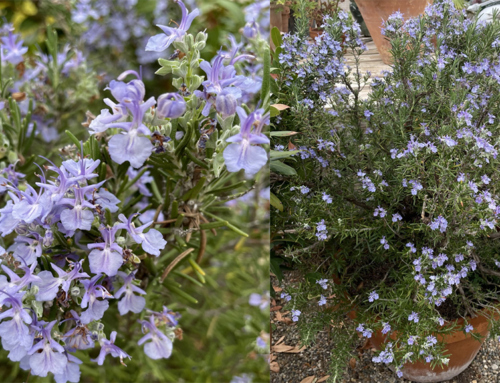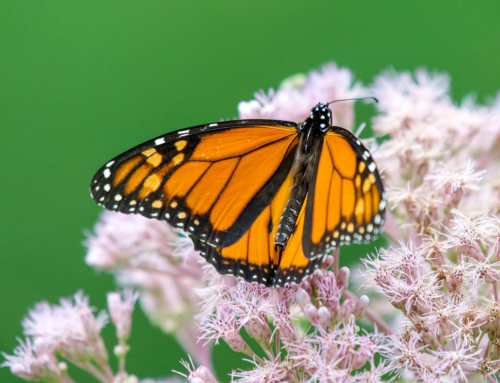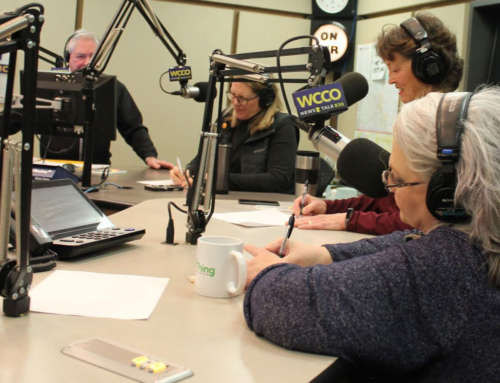By Kathy Frederickson, Hennepin County Master Gardener
With spring comes recognition of salt damage on our lawns. This is a quick take on what to look for and what to do about it.
Sodium and Calcium Chloride are commonly used in Minnesota to treat streets and sidewalks. That treatment can result in damage to the lawn edges closest to the treated areas. Salt dehydrates the grass and it will appear brown and lifeless. If not dead, it will fail to thoroughly green up and thrive.
Grassy areas stressed by salt are more sensitive to drought, disease, pests and weeds.
You can hope that the spring thaw will dilute the salts from the soil but you will should water more often and deeply to alleviate the high salt content in the soil. A sprinkling of pelletized gypsum will encourage desalination by leeching.
It is possible that you may have to replace the dead grass and topsoil and re-sod completely. Merely over-seeding will not get the job done since it will not reduce the salt content of the soil. If you are going to take the time and expense of removing the dead area, make sure you dig down into the soil and mix in some good organic matter while you are at it. This aeration of the soil will ease compaction which is another typical problem of lawn edges.
Avoid using Kentucky bluegrass as a replacement sod or seed. Bluegrass is particularly sensitive to salts. Perennial ryegrass is a better choice.
Lastly, promise yourself to reduce your salt use next year. Sweep up excess, use sparingly or eliminate your use entirely by using sand or kitty litter.
For further references see:




